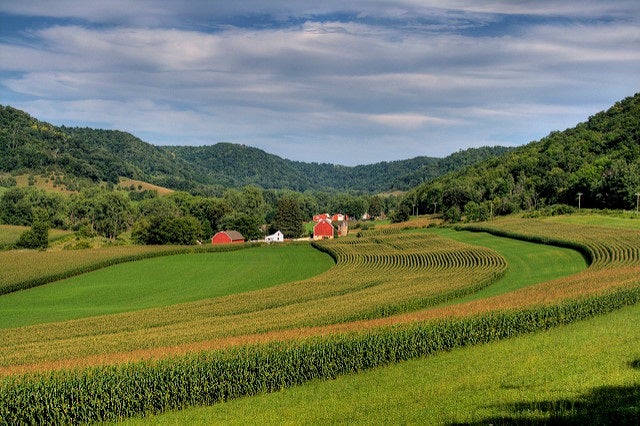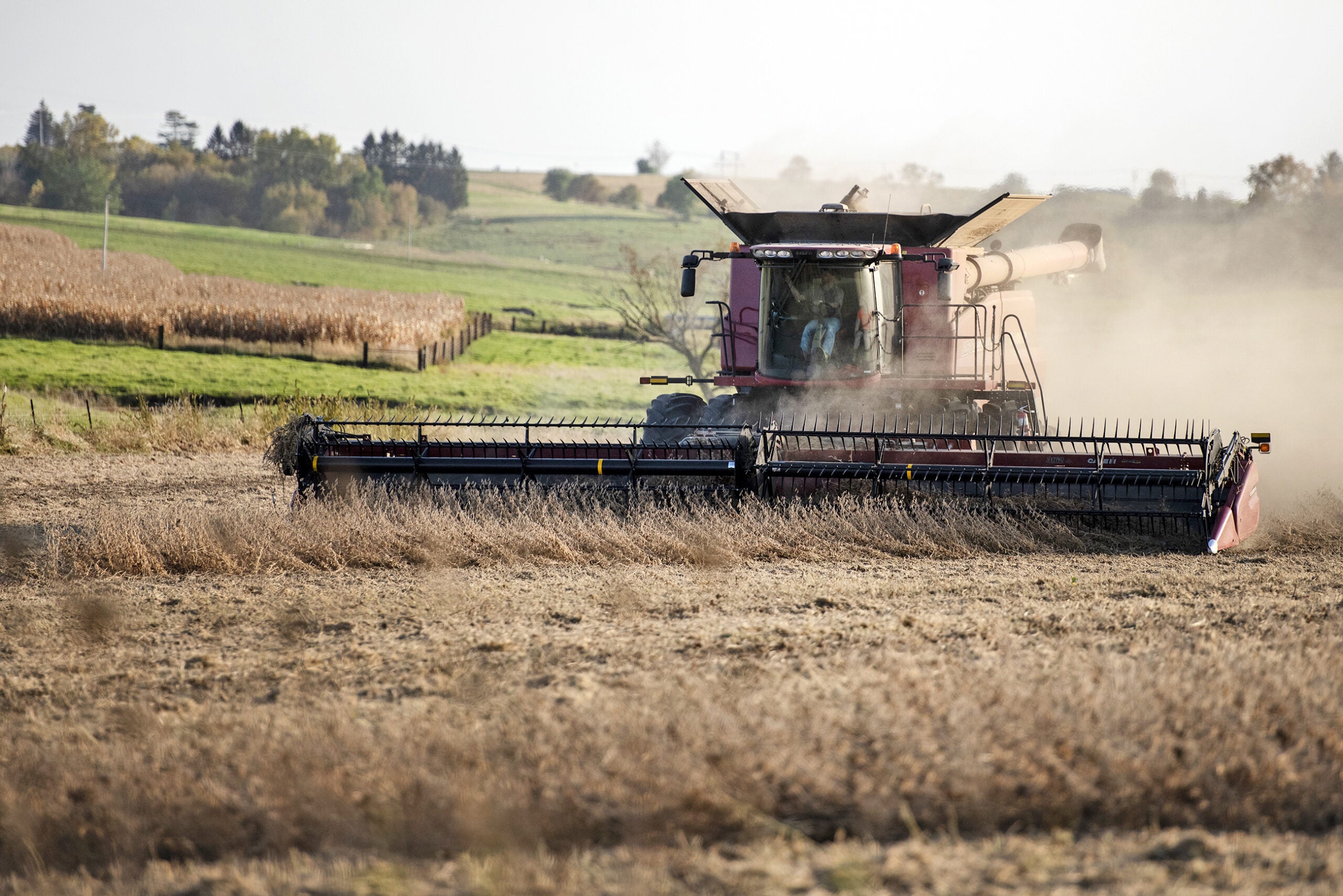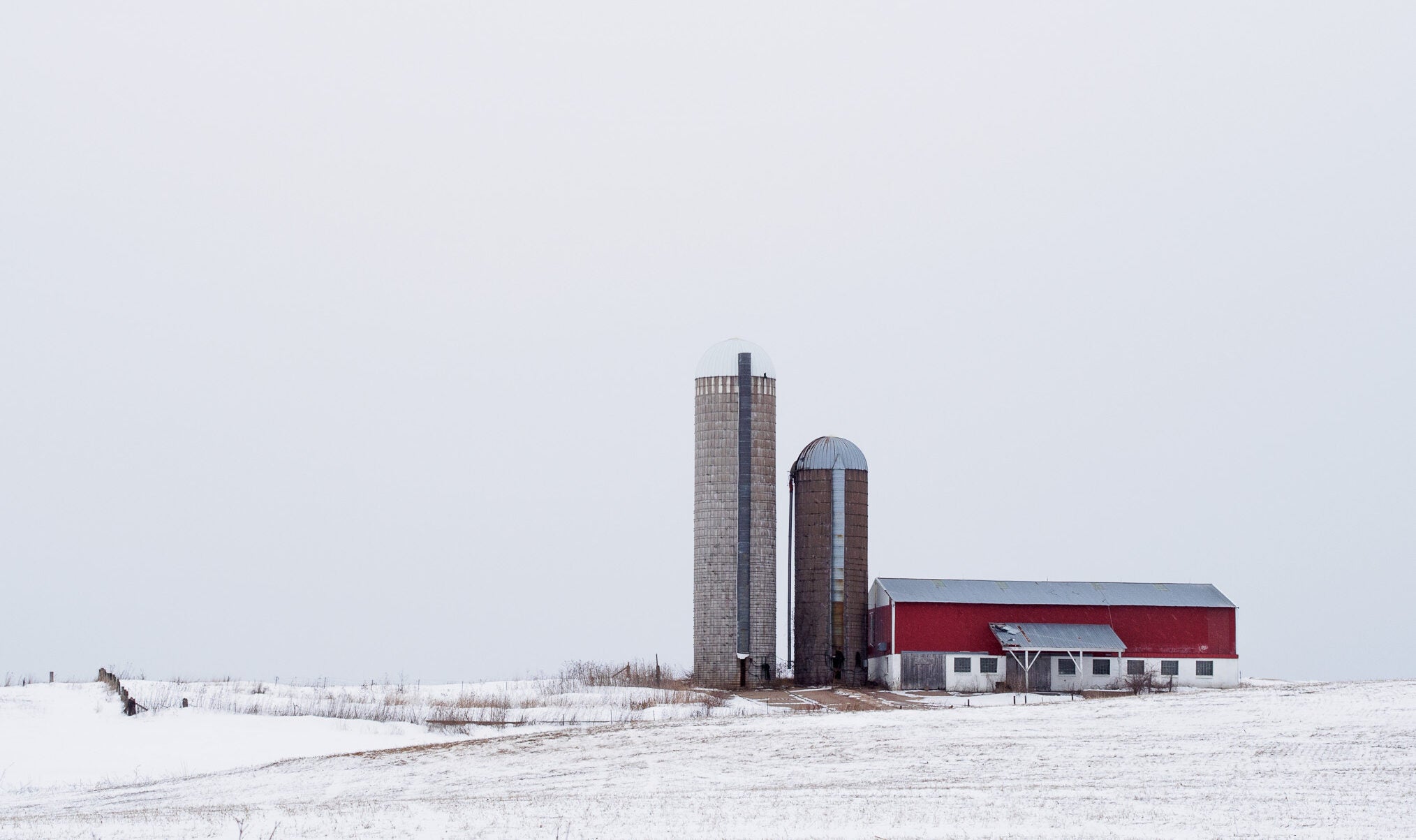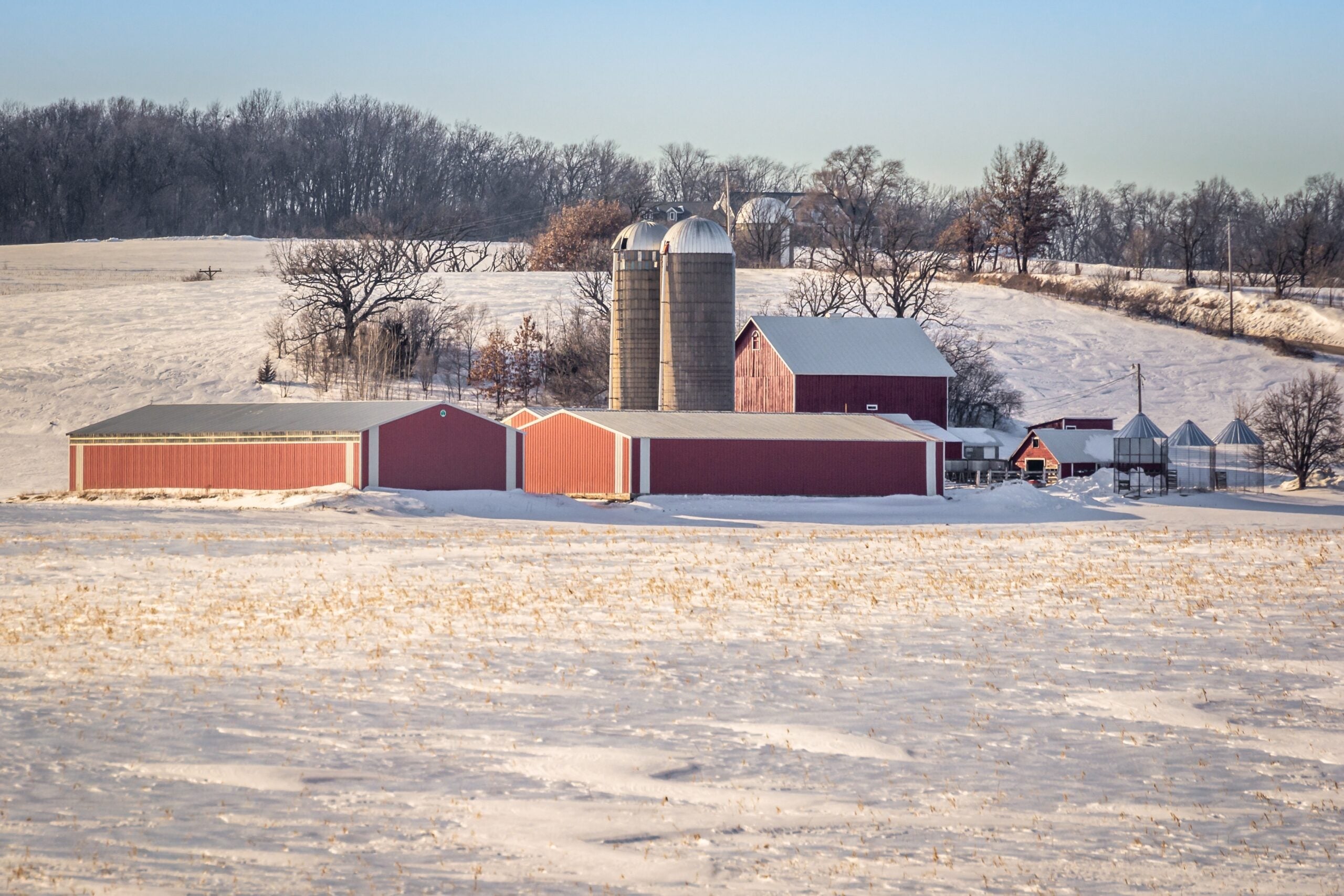Production costs for Wisconsin farmers remained steady in 2016, according to new data from the U.S. Department of Agriculture.
Last year, the average Wisconsin farm spent $158,806 on expenditures such as feed, labor, machinery and fuel. That’s less than one-third of a percent more than in 2015.
Kevin Bernhardt, farm management specialist for University of Wisconsin-Extension, said expenses have remained low over the last few years thanks to falling oil prices.
Stay informed on the latest news
Sign up for WPR’s email newsletter.
“A lot of farm expenses, whether you’re talking about a grain farm or a dairy farm, are based in oil,” said Bernhardt, who is also a professor of agribusiness at UW-Platteville. “So as oil prices go, so will those farm expenses.”
Bernhardt said producers also saw more favorable rental rates for farmland last year. He said low commodity prices mean the profitability of farmland is lower, impacting how much landowners can charge for rent.
“Farmers probably think (the average rent) hasn’t fallen, but it actually has fallen a little bit over the last five years,” Bernhardt said. “And as profitability falls, you’re not going to have as much replacement of machinery and things like that.”
But Bernhardt said farmers are likely to see a small increase in production expenses this year, as grain and dairy prices start to improve.
Wisconsin Public Radio, © Copyright 2025, Board of Regents of the University of Wisconsin System and Wisconsin Educational Communications Board.




